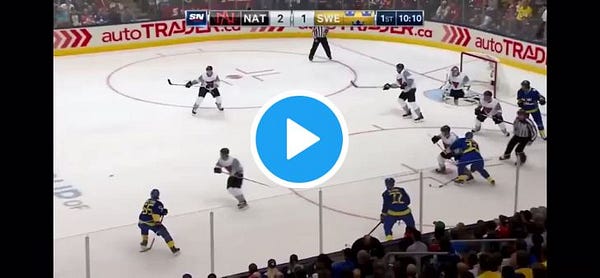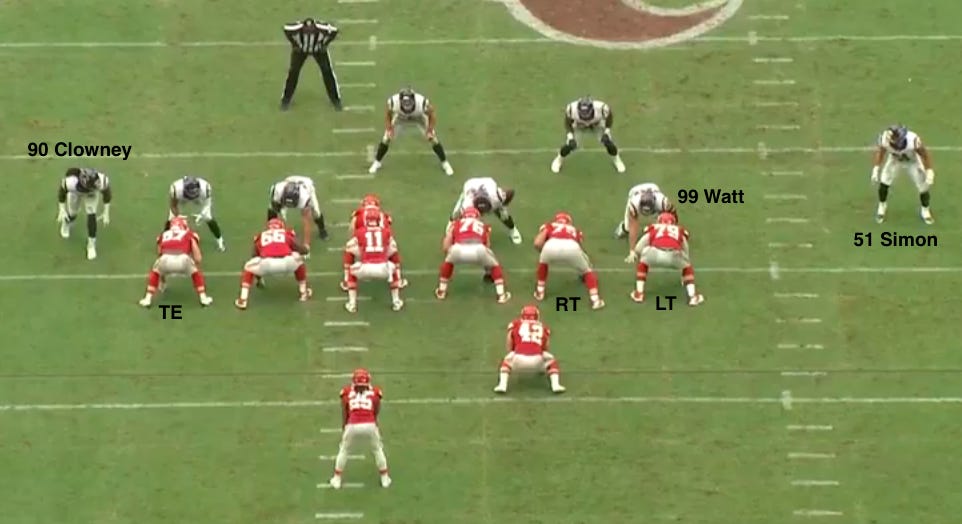Team Defense: Setting the edge, The force defender
Playing better team defense
You, too, can become a Jedi like Obi-Wan Kenobi or Luke Skywalker. Well, maybe not that kind of Jedi, but you can use the power of the force to play better team defense.
As you all know by now, we love taking things from other fields and relating them to hockey. Today let’s chat about ‘Setting the edge.’
Setting the edge
‘Setting the edge’ is an American football phrase used to describe a perimeter defender keeping a ball carrier from running outside of the defensive structure. The goal is to force the offense into traffic and towards defensive help. This responsibility gave rise to the nickname of the ‘Force Defender.’ Given Star Wars came out a few decades ago, we submit we should call them Jedi Knights. Much cooler.
Effectively, their primary function is to funnel runners back inside into their teammates. This narrows the distance the defense must cover, contains the play into a small area, and allows more defensive help to make a play.
The defense will always assign two force players, one on each side of the field. When identifying the force players, a good rule of thumb is to look for defenders aligned just outside the core of the offense’s formation.
Example
Failing to set the edge is a quick way to get benched. It’s vital. It’s the keystone to every team’s defense. Let’s take a look at an example from the Houston Texans (White) vs Kansas City Chiefs (Red)
Before the snap, we can see #90 Clowney + #51 are the players responsible for setting the edge on their respective sides.
In order to set the edge, the force players (#90 + #51) will take steps forward and remain patient as the play develops. Their positioning forward into the backfield restricts the Kansas City running back from getting to open space on the outside.
The Chiefs’ running back started to the outside but immediately had to change plans and run inside. There were no holes to run through and the play resulted in lost yards. Exactly how Houston would have drawn it up.
Hockey concept
The same principles apply to hockey. Setting the edge:
Narrows the distance the defense must cover
Contains the play into a small area
Allows more defensive help to make a play on the puck carrier
What coach wouldn’t be happy seeing their team being able to force the opponent’s play into traffic? Players struggle through contact and stickhandling in tight areas. It’s a great way to be harder to play against while simultaneously making it easier for teammates to defend.
Going back to the World Cup of Hockey, Johnny Gaudreau gives us a perfect example of his Jedi abilities. He takes a few strides forward up the ice, forces the play into traffic, and causes a dump that became a turnover in his team’s favor. Textbook Jedi.


Set the edge. Force the opponent into bad areas. Be tough to play against. Become a Jedi.
Further Reading - The best way to force opponents where you want them to go is angling. More dictating the game rather than reading and reacting to the game
Did You Enjoy This Newsletter?
Help us spread the ideas within and share it with the people you care about





